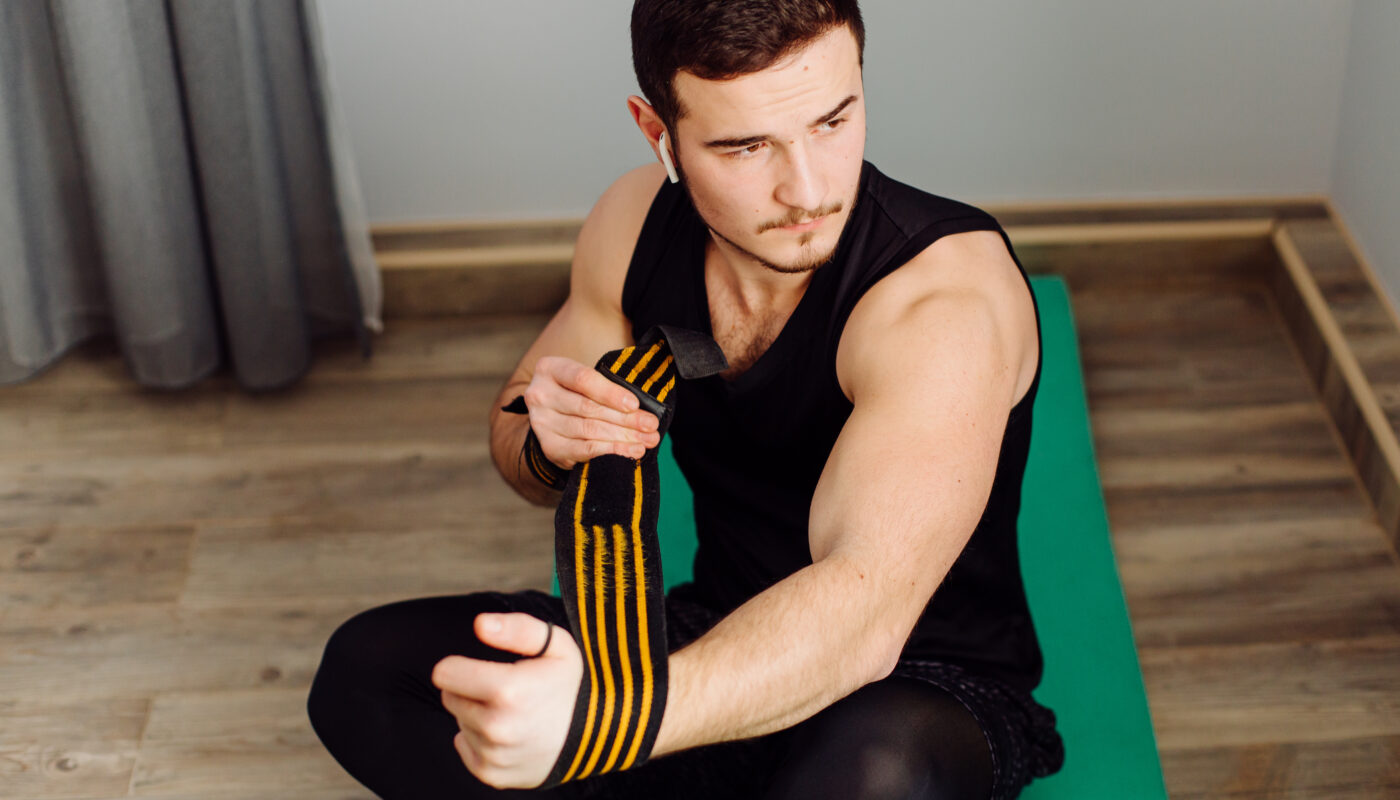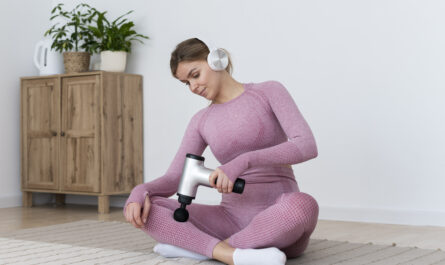Introduction
Muscle cramps are a common and often painful experience for athletes, fitness enthusiasts, and even individuals leading sedentary lifestyles. These involuntary muscle contractions can occur due to various reasons, including dehydration, poor circulation, or overuse of muscles. Compression gear has gained popularity as a potential solution for muscle cramps, promising benefits like improved blood flow, reduced muscle soreness, and faster recovery. But do they really work? This article explores the science behind compression gear, its effectiveness in preventing and managing muscle cramps, and whether investing in such apparel is worthwhile.
Understanding Muscle Cramps
Muscle cramps are defined as abrupt, uncontrollable contractions of one or more muscles. They can occur during exercise, rest, or even sleep and can last anywhere from a few seconds to several minutes. Muscle cramps are frequently caused by the following:
- Dehydration: Lack of fluids leads to an imbalance of electrolytes, which are essential for muscle function.
- Poor circulation: Reduced blood flow can deprive muscles of necessary oxygen and nutrients.
- Muscle fatigue: Cramps are more likely to occur in overworked muscles.
- Electrolyte imbalances: Deficiencies in potassium, magnesium, or calcium can disrupt muscle contraction and relaxation.
- Nerve compression: Conditions like sciatica can lead to nerve dysfunction, resulting in cramps.
Given these factors, many individuals look for ways to prevent cramps, with compression gear being one of the possible solutions.
What is Compression Gear?
Compression gear refers to tight-fitting garments, including socks, sleeves, tights, and shirts, designed to apply pressure to specific muscle groups. These garments are often used by athletes and medical patients to enhance circulation, reduce muscle vibration, and aid in recovery.
Compression gear is available in different levels of pressure, typically measured in millimeters of mercury (mmHg). Lower levels of compression (10-15 mmHg) are suitable for everyday use, while higher levels (20-30 mmHg) are often recommended for medical purposes.
How Does Compression Gear Work?
Compression garments are designed to provide graduated pressure, meaning they are tighter at the extremities and gradually loosen towards the core. This mechanism is believed to promote:
- Improved Blood Circulation: The pressure exerted by compression gear helps push blood back towards the heart, reducing the risk of blood pooling and muscle fatigue.
- Enhanced Oxygen Delivery: Better circulation means more oxygen and nutrients reach muscle tissues, potentially reducing the likelihood of cramps.
- Reduced Muscle Vibration: During exercise, muscles experience micro-movements that can lead to fatigue and soreness. Compression garments stabilize the muscles, reducing excessive vibration.
- Faster Recovery: Compression is believed to reduce inflammation and muscle soreness, speeding up recovery post-exercise.
Does Compression Gear Prevent Muscle Cramps?
Scientific studies on the effectiveness of compression gear for muscle cramps provide mixed results. While some research suggests potential benefits, others show minimal or no effect. Here are some of the main conclusions:
1. Increased Blood Flow and Oxygenation
A study published in the Journal of Strength and Conditioning Research found that compression garments improved blood flow and oxygenation in muscle tissues. This suggests that wearing compression gear may help reduce the risk of cramps caused by poor circulation.
2. Reduced Muscle Fatigue
A 2015 study in the Sports Medicine Journal concluded that compression garments could reduce muscle fatigue by stabilizing the muscles and minimizing vibrations. Since fatigue is a known trigger for cramps, compression gear might help in delaying their onset.
3. No Direct Link to Cramp Prevention
Despite the circulation and muscle support benefits, there is no definitive evidence that compression gear directly prevents muscle cramps. A 2017 study in the British Journal of Sports Medicine stated that while compression wear may help in recovery and performance enhancement, its effect on muscle cramps remains inconclusive.
Compression Gear for Muscle Cramp Management
Even if compression gear does not directly prevent cramps, it may still play a role in managing and reducing their severity. Here’s how:
1. Reducing Swelling and Inflammation
Compression garments can limit fluid buildup and swelling in muscles, which may help in faster recovery from cramps.
2. Providing Support and Warmth
Compression gear helps retain body heat, which can improve flexibility and reduce muscle tightness, potentially minimizing cramp severity.
3. Enhancing Recovery Post-Cramp
For those who experience frequent muscle cramps, using compression wear post-exercise might accelerate the recovery process, reducing soreness and preventing further issues.
Who Should Use Compression Gear?
Compression gear may be beneficial for:
- Athletes: Particularly endurance athletes like runners, cyclists, and football players who experience frequent muscle fatigue.
- People with Poor Circulation: Those who suffer from conditions like varicose veins or deep vein thrombosis.
- Individuals Prone to Muscle Soreness: People who engage in intense workouts and need faster recovery.
- Elderly Individuals: Older adults who experience leg cramps due to reduced circulation or nerve issues.
However, individuals with underlying medical conditions should consult a healthcare professional before using high-compression garments.
Choosing the Right Compression Gear
If you’re considering compression gear for muscle cramp relief, keep the following factors in mind:
1. Compression Level
- Light compression (10-15 mmHg) is good for everyday use.
- Moderate compression (15-20 mmHg) is suitable for sports recovery.
- Higher compression (20-30 mmHg) is used for medical conditions and should be worn under medical supervision.
2. Material and Fit
Look for moisture-wicking, breathable materials like nylon, spandex, or polyester to ensure comfort during prolonged wear.
3. Purpose of Use
If you need compression gear for sports, opt for performance-enhancing designs. For medical purposes, seek guidance from a healthcare professional.
Alternative Methods for Preventing and Treating Muscle Cramps
While compression gear can be a useful tool, it’s not the only solution. Consider these additional strategies:
- Stay Hydrated: Drink plenty of fluids and maintain a balance of electrolytes.
- Stretch Regularly: Incorporate stretching exercises before and after workouts.
- Maintain Proper Nutrition: Ensure adequate intake of potassium, magnesium, and calcium.
- Massage and Foam Rolling: Helps to relieve muscle tightness and improve circulation.
- Use Heat or Ice Therapy: Heat relaxes muscles, while ice can reduce inflammation.
Final Verdict: Do Compression Garments Work for Muscle Cramps?
Compression gear offers various benefits, including improved circulation, reduced muscle fatigue, and faster recovery. While they may not directly prevent muscle cramps, they can help manage symptoms and support muscle function, making them a valuable tool for athletes and individuals prone to cramps.
For those frequently experiencing cramps, a combination of hydration, stretching, proper nutrition, and strategic use of compression garments might be the most effective approach.
Before making a purchase, consider your specific needs and consult a healthcare professional if necessary. While compression gear is not a guaranteed solution for muscle cramps, it remains a valuable component in an overall strategy for muscle health and performance enhancement.
Conclusion
Muscle cramps can be frustrating and painful, but compression gear may offer some relief by improving circulation and reducing muscle fatigue. Although the scientific evidence on their direct role in cramp prevention is limited, many athletes and fitness enthusiasts find them beneficial for recovery and overall muscle support. By combining compression gear with proper hydration, nutrition, and stretching, individuals can minimize the risk of cramps and enhance their physical performance.



